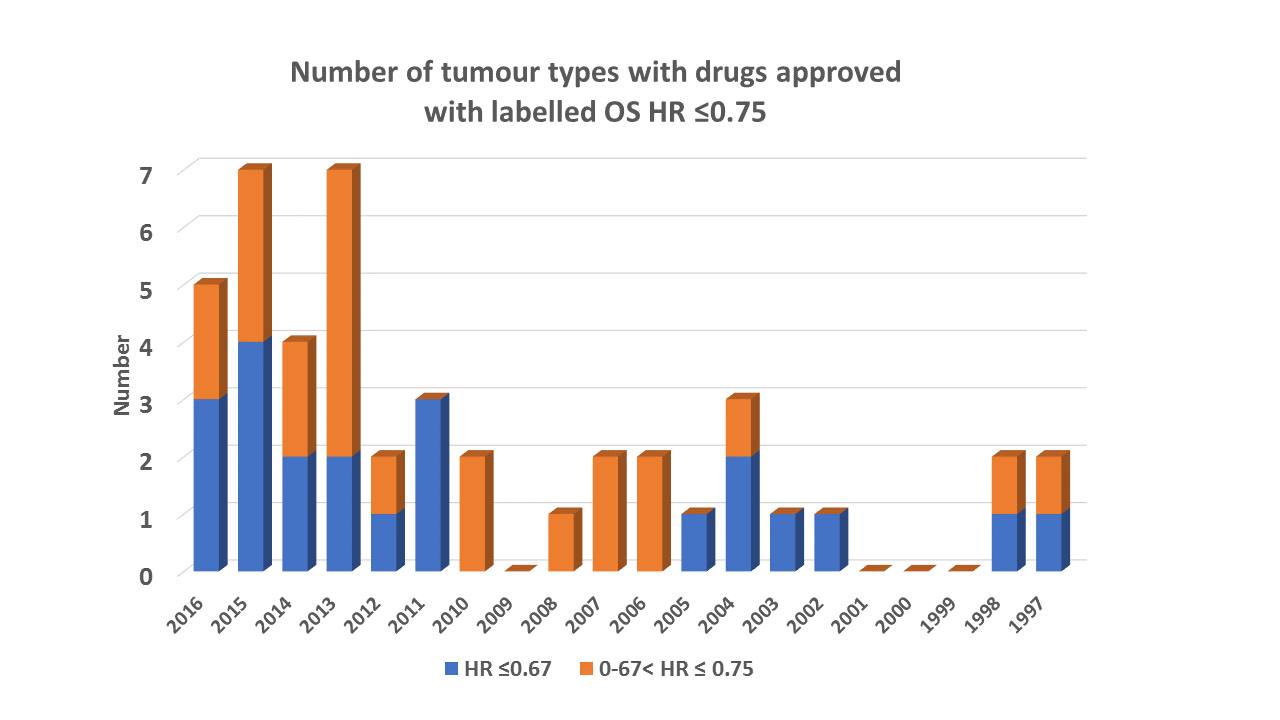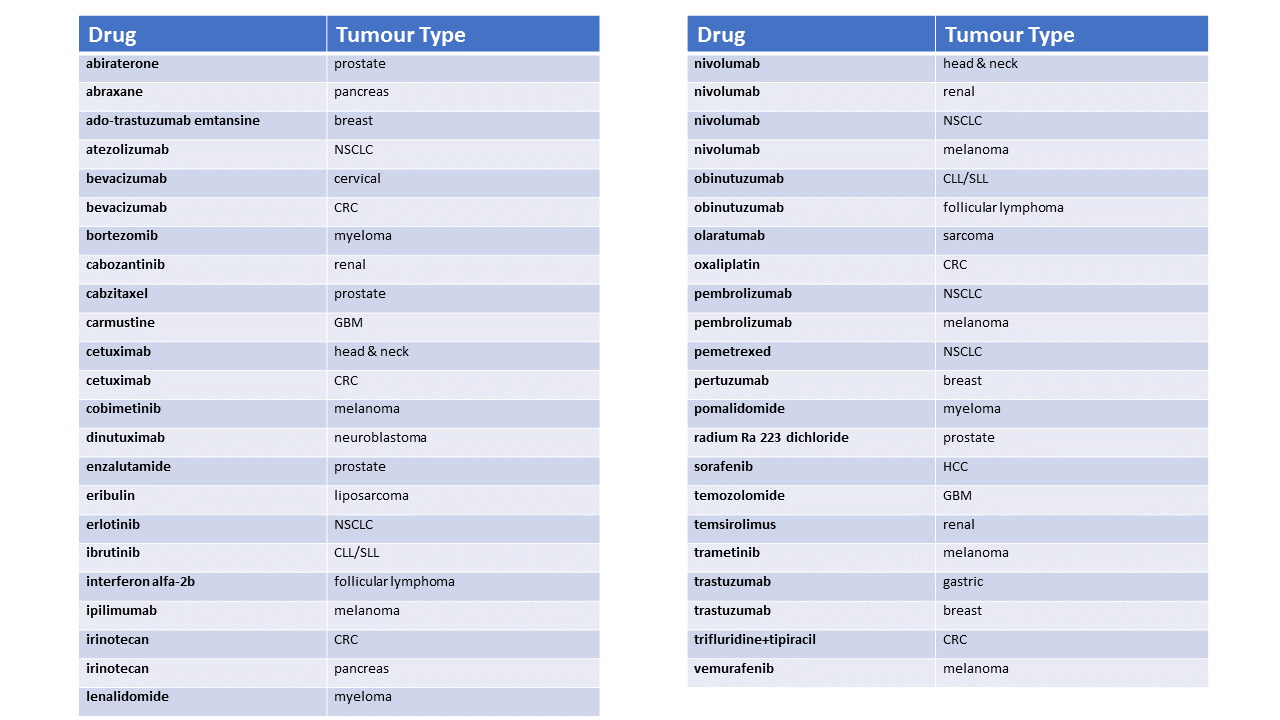Informative Censoring - what to do
If you have informative censoring such as when you analyse a blinded, independent, central review (BICR) of progression what can you do?
Currently there doesn’t seem to be a consensus and more research is needed but there are a few approaches you can take
The simplest approach is to impute a BICR event at the next visit for the LOPs (local only progressors - patients who only the investigators believe have progressed and they stop scanning and are censored in the BICR analysis). This approach is transparent but any resultant confidence intervals will be too narrow and it may be unrealistic to assume all patients would have progressed at the next visit.
To get a better estimate there are alternatives using an approach called multiple imputation. This is now becoming routinely used in other therapy areas other than oncology and it is a more sophisticated approach but more difficult to describe.
The approach I find most intuitively appealing is an auxiliary variables approach by Hsu#. With this approach the LOPs would have times imputed based on the outcomes of patients who most closely resemble them, ‘nearest neighbours’, at the point of censoring.

In the BICR case we would sample from the patients that the LOPs had similar changes to in terms of changes in BICR measurements, plus other prognostic covariates, and impute based on what happened to them. This approach is repeated over and over again and we take an average of the estimates. Incidentally, this approach has utility when assessing the robustness of survival outcome in the presence of censoring.
# Hsu CH et al Statist. Med. 2006; 5:3503–17












